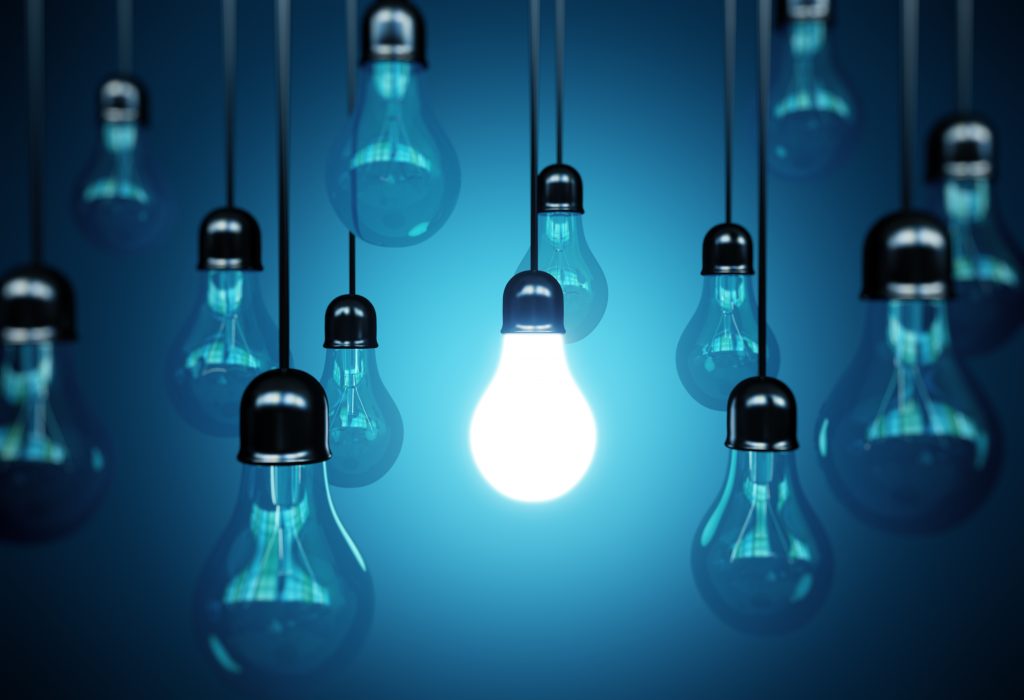The impact of the National Energy Guarantee on energy production
The Federal Government’s National Energy Guarantee claims to solve the energy trilemma – lower emissions, reliability and affordability – but what impact will the guarantee have on energy producers?

In October 2017, the Federal Government announced its much-anticipated energy policy, which aims to bring stability to an increasingly fractured energy market.
The Clean Energy Target (CET) proposed by Chief Scientist Alan Finkel was replaced by a National Energy Guarantee (NEG), which requires retailers to meet two targets: a reliability guarantee and an emissions guarantee.
The reliability guarantee requires retailers to deliver a specific proportion of their electricity using dispatchable energy sources (ready-to-use sources such as coal, gas, pumped hydro and batteries).
The proportions will be set by the Australian Energy Market Commission (AEMC) and Australian Energy Market Operator (AEMO), and will vary from state to state.
The emissions guarantee will provide retailers with targets to drive down the sector’s greenhouse emissions by 26 per cent based on 2005 levels, by 2030, which is in line with Australia’s commitments under the Paris climate treaty.
The NEG will only apply to the National Energy Market, which excludes Western Australia and the Northern Territory.
Strengths and weakness of the NEG- the industry responds
The NEG rewards coal, gas, hydro and biomass for their dispatchability while wind, solar and hydro will be recognised as lower emissions technologies but no longer subsidised.
The Federal Government said the policy allows them to level the playing field and that it is “truly technology-neutral”, offering a future for investment in whatever technology the market needs – solar, wind, coal, gas, batteries or pumped storage.
Origin released a statement that said it believes the NEG is consistent with objectives to provide certainty in long-term energy and climate change settings, which will attract the investment required to reduce emissions while maintaining a secure and affordable supply of energy to Australian homes and businesses.
Some organisations, however, are concerned that the NEG discriminates against renewables and will make these type of projects more expensive and uncompetitive.
The Australian Solar Council have rejected the guarantee, saying it would deliver no new large-scale solar between 2020 and 2030 and would slash residential and commercial solar uptake by around 70 per cent.
While the Clean Energy Council is open-minded about the NEG and will engage with the potential design of the policy, but are unsure how it will ensure investor confidence in new renewable energy projects.
A statement released in November featuring the endorsement of 16 organisations, including Australian Council of Trade Unions, Australian Energy Council, Australian Steel Institute, Clean Energy Council, Energy Efficiency Council, Energy Networks Australia and the National Farmers’ Federation, called on the Commonwealth and states to work together to make further development of the NEG their top priority.
Australian Pipeline and Gas Association (APGA) CEO, Steve Davies, said that cutting costs while maintaining reliability and reducing emissions looks almost impossible in the short to medium-term.
“Lowering emissions means increasing the proportion of renewables in our energy mix and these are less reliable,” Mr Davies said.
“Increasing reliability means either more dispatchable power, which is likely to be coal in the short to medium term, or more storage. That means either increasing emissions or increasing costs as storage is a more expensive new technology.”
APGA believes that using gas for dispatchable energy is the best short to medium-term option as it has roughly a third less carbon emissions than coal.
The Australian Petroleum Production and Exploration Association (APPEA) also supports investment in additional gas-fired generation as the best way to backup intermittent renewable generation.
“This will provide new opportunities for natural gas and renewables to partner in providing affordable, reliable and low-emissions energy to Australian consumers and industry,” APPEA Chief Executive Dr Malcolm Roberts said.
Is Australia heading in the right direction?
While reactions to the NEG have been mixed, many are hopeful that, with further consideration of the details, the policy could be a step forward for Australia.
Wade Elofson, Founder of Powered, an Australian energy and resource focused business development company, said that collaboration and an attitude of open-mindedness is key to ensuring that the NEG can deliver solutions that are right for everyone in the industry.
Collaboration is at the core of what Powered does, helping Australian and international companies in the energy, and upstream oil and gas sectors grow in the Australian market by leveraging its strong relationships with a network of industry professionals.
“I believe that the best experiences are the result of great partnerships. Also, regardless of policy, the key thing that energy producers need to be doing is finding new innovative methods and technologies to increase efficiencies and cut down production costs,” Mr Elofson said.
“While there may be the risk of slowing investment in renewable generation, research shows that the construction of renewable infrastructure such as solar is actually becoming cheaper and this trend is expected to continue,” Mr Elofson said.
The COAG Energy Council are reviewing a November report by the Energy Security Board (ESB) on the NEG, which includes modelling of the power mix and price outcomes that are expected under the guarantee, and will decide whether to proceed to detailed design phase.
Broad consultation with state governments, industry, consumers and other stakeholders would occur during the detailed design phase. Following detailed design work, the reliability guarantee would start in 2019 and the emissions guarantee would start in 2020, replacing the Renewable Energy Target.


